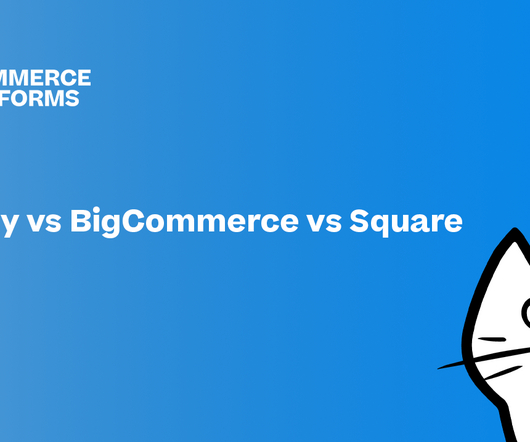Understanding eCommerce Business Models: A Guide
Wiser
OCTOBER 11, 2023
Key Features: Personalized marketing, direct interaction with customers, diverse product offerings. Pros: Large customer base, higher sales volume, greater market share. Cons: Intense competition, high customer acquisition costs, need for continuous innovation.












Let's personalize your content